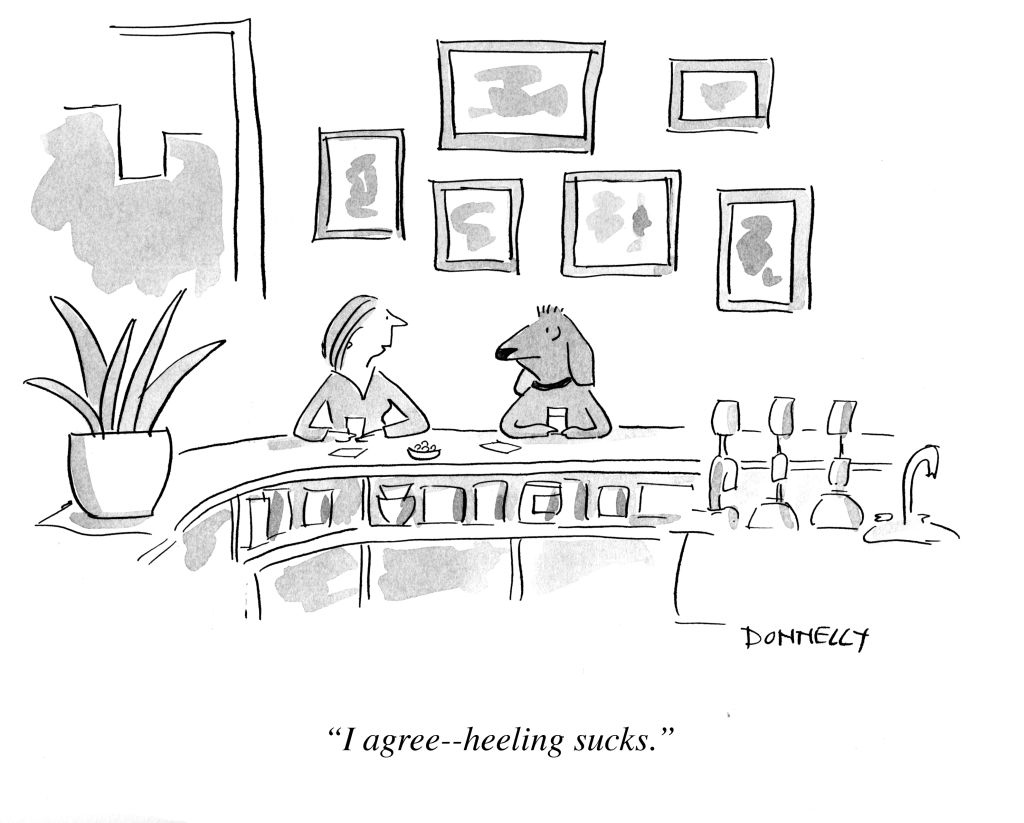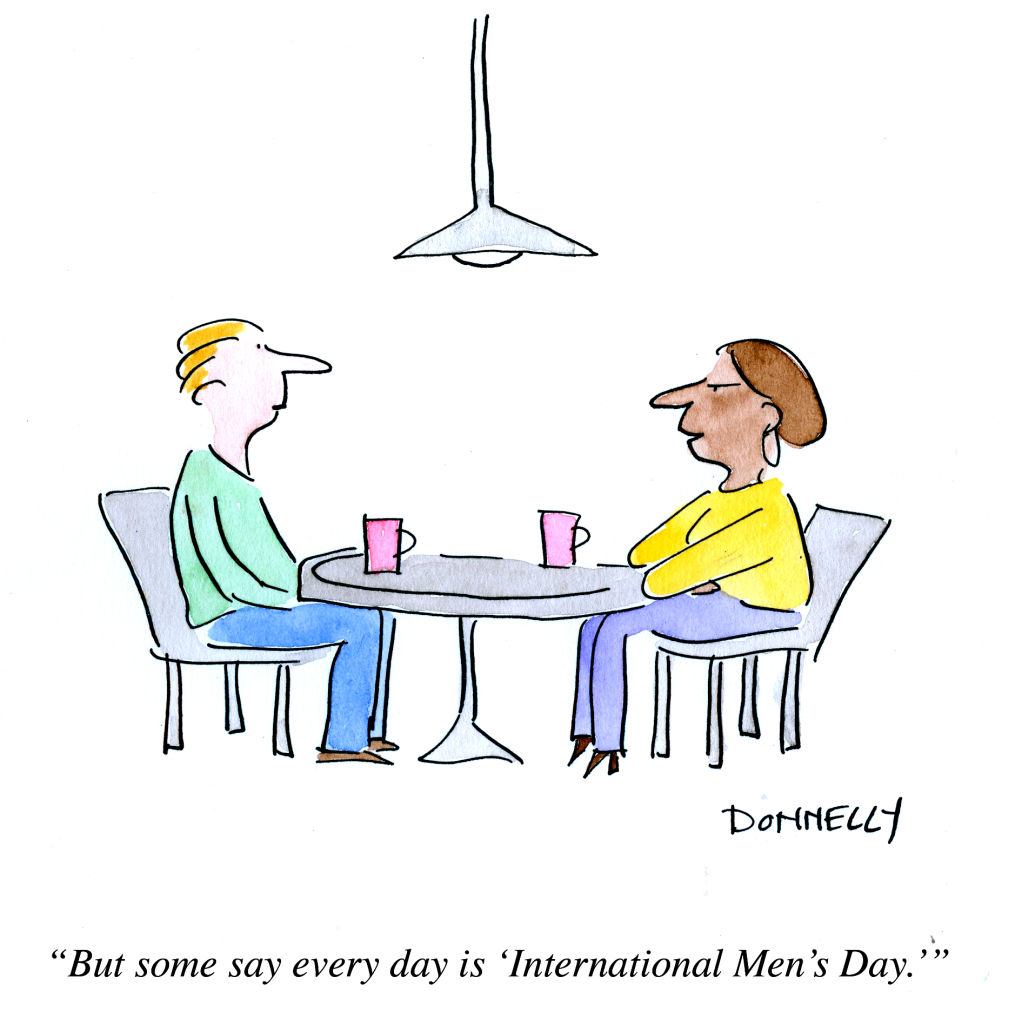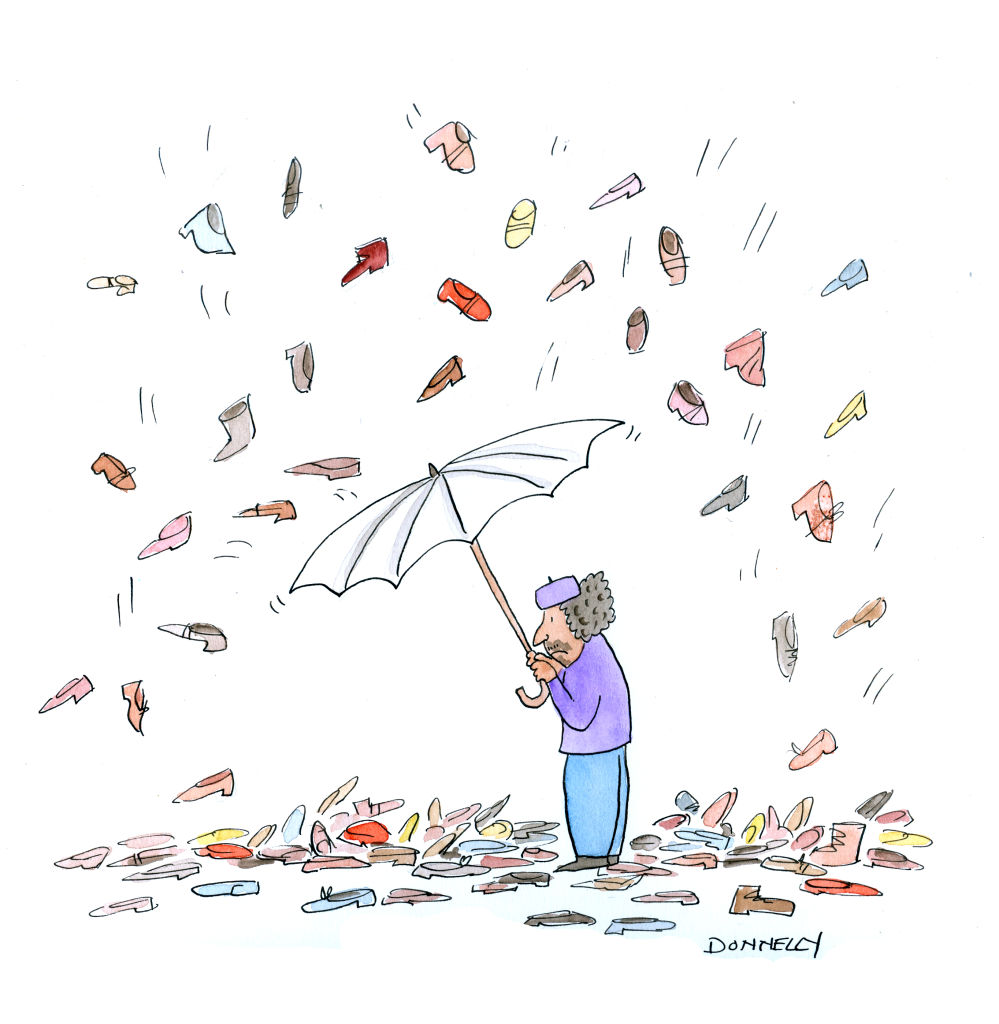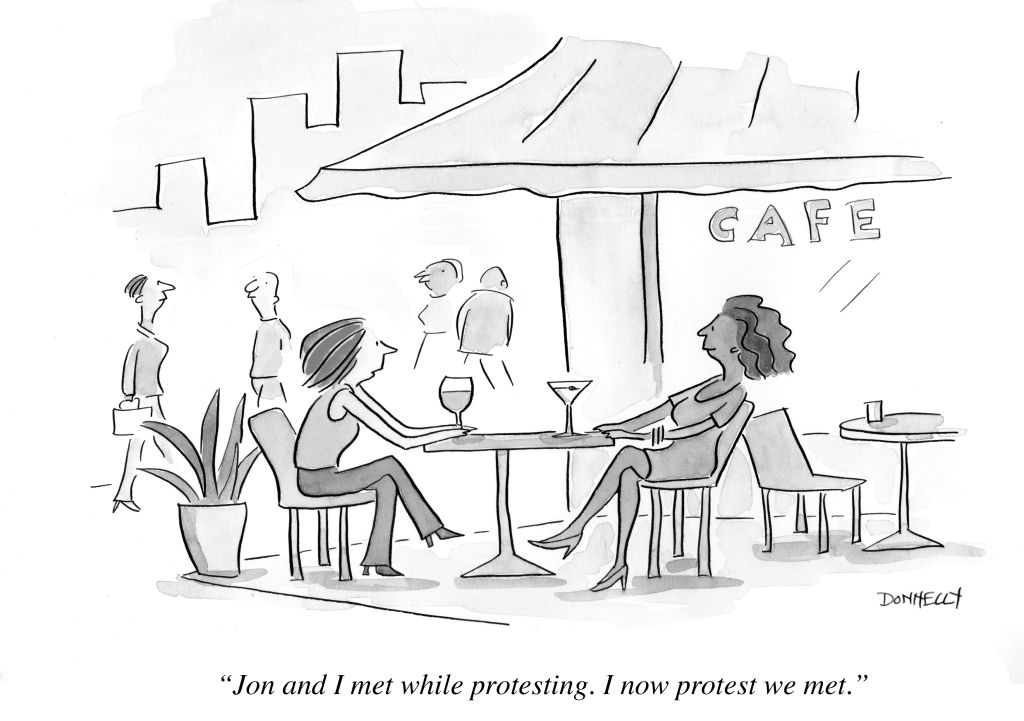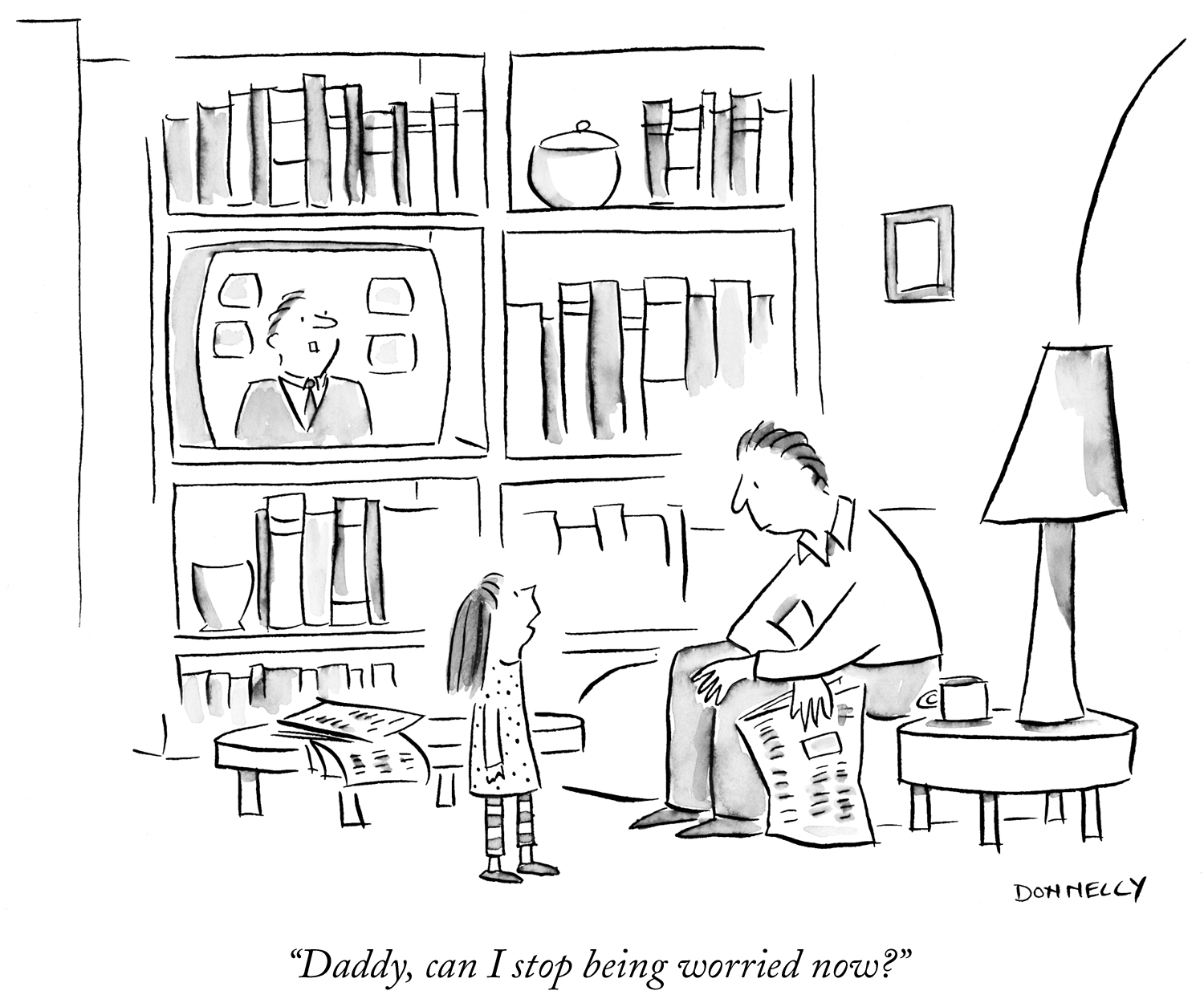I want to weigh in on Kristin Wiig‘s new comedy, Bridesmaids, which I got a chance to see on Saturday. I laughed a lot. What I liked about it was not the bathroom humor, of which there is a fair amount. Frankly, I am just squeemish about seeing vomit (however, the scene I am speaking about is hilarious in its conception, because it makes fun of the wedding industry). I loved the humor in the film that is directed at the stupid rules in our culture. Bridesmaids was at once insightful and hilarious. The characters were wonderfully acted by actors who come from an Improv background, which I am learning is what gave the movie a fresh feel– it in no way felt over-written. Sometimes in comedies, one feels like the “jokes” are highly scripted and often fall flat. Not in Bridesmaids. The humor was as whacky as it was real and insightful. Wiig is a talented comedic actress, with a body meant to be funny.
Is it a chick-flick? No– it is a movie about people. It is funny and the actors are hilarious. Is it about a bunch of women? Yes, but the story (which is pretty thin) is about the human condition. It is a story that both men and women experience: friendship and change.
It really is not up for debate anymore about whether or not women are funny. They are. What the problem is is that the powers-that-be still think we humans segregate our humor into “for guys” and “for girls.” That men don’t want to see a movie with funny women, and visa versa. So they keep peddling humor that they think we want: and nothing is less funny than humor written by one gender that is thought to be what the other gender likes. It just doesn’t work–it comes out forced and false. Bridesmaids is more than what some are saying, that it is a chick-flick that can appeal to men because of the gross humor. On the surface, it may seem that way. I think it is better than that.
For years, we have been made to think we like a certain type of movie, and many women buy into it. Not any more, not with the likes of Tina Fey, Amy Pohler and Kristen Wiig (and her co-writer for Bridesmaids, Annie Mumolo) at the helm. They write material–some of which is about what it’s like to be a woman–that is funny for everyone. They seem to write and act how they want to, and this is to be celebrated.
I still have issues with some of the movie–that Wiig’s character, while not explicitly stating so, feels that she is incomplete/unsuccessful without a man. Or that the “most funny” character is the heavy-set “ugly” one–played by the talented Melissa McCarthy. These are stereotypes we need to get rid of. Do I wish the movie had more of a story, and that the producers didn’t feel it necessary to put in the gross humor for ticket sales? Yes. Many feminists may negatively review this movie, perhaps for reasons I mention above and more. But when I step back and think about the positives of this movie, I am encouraged for the future of women in humor.

